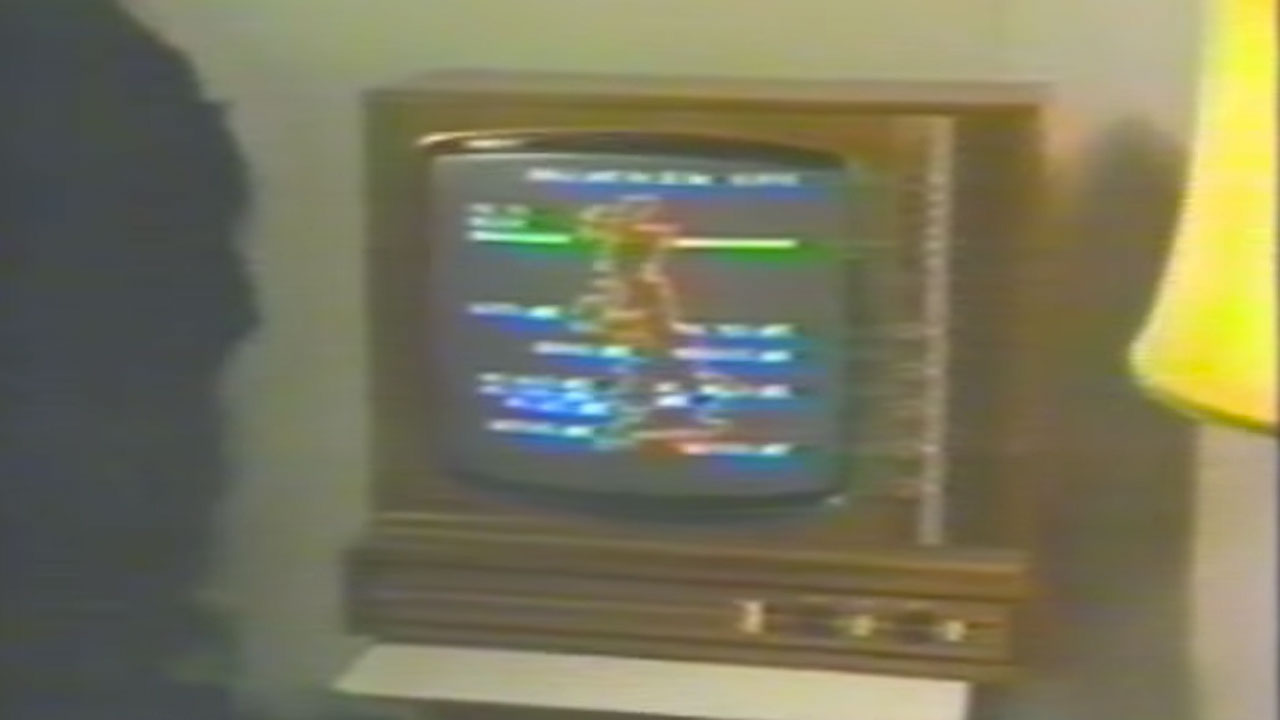An NBC news special from the dawn of the ’80s documented an exciting new trend — TVs that could display data like the weather, sports scores, news or even early video games. Data services like Ceefax and Viewtex, who provided this info, weren’t connected to the internet, but their services looked towards the future of technology more than almost anything else at the time. Years before the rise of personal computers and user-friendly operating systems, British television viewers were experiencing interactive visual content. Wired:
Ceefax was an over-the-air service offered by the BBC that delivered information and games to television sets, thanks to a special receiver could decode the signals and display the text on screen. A television station in Salt Lake City, Utah experimented with the same technology in 1978, as did a few stations in other cities over the years. The idea never took off in the U.S., but stuck around in the UK until 2012, when analog broadcasts were fully replaced with digital.
Viewtex, on the other hand, was a system that used phone lines to connect televisions with interactive services through either special set-top boxes or, eventually, desktop PCs. The most famous incarnation was Minitel, a service that was available throughout France until 2012, providing a wide range of information, plus e-mail, e-commerce and even cybersex. In the U.S., Viewtex services were largely overshadowed by similar, phone line-based such as CompuServe and The Source, a precursor to America Online, both of which launched in 1979.
Watch the clip dug up by video archivist Lauren Weinstein above.



